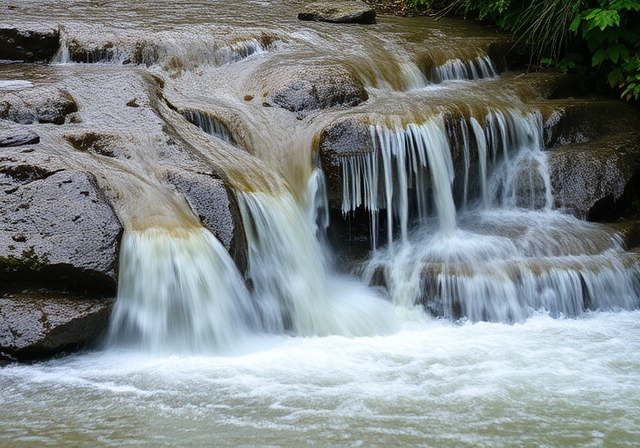Which of the following processes occur spontaneously, and which occur non-spontaneously?
- Dissolving table salt (NaCl) in a steaming bowl of soup
- Electric current flowing from lower potential to higher potential
- Climbing Mount Everest
- Releasing the fragrance of perfume by simply removing the cap
- Isolating helium and neon from a mixture of gases
Interpretation
Here, we aim to identify which processes happen spontaneously and which do not. The key to understanding this lies in the fact that spontaneous processes occur naturally, without any external energy, while non-spontaneous processes need additional energy or effort to take place. By following this principle, we should be able to identify the spontaneous and non-spontaneous nature of the following processes.
a. Dissolving table salt (NaCl) in a steaming bowl of soup
When we add table salt (NaCl) to a steaming bowl of soup, the hot soup speeds up the dissolving of salt and does not require any external energy. Thus, this process is spontaneous as it does not require any external energy or effort and occurs naturally.
b. Electric current flowing from lower potential to higher potential
We know that electric current naturally flows from higher potential to lower potential. To make it flow in the reverse direction i.e., from lower potential to higher potential, an external energy source such as a power supply or battery is required. Since this process doesn’t happen by itself and needs an external energy source, it is considered a non-spontaneous process.
c. Climbing Mount Everest
Climbing Mount Everest requires preparation, extra effort, and energy, it does not happen naturally like rolling down a hill. Therefore, this is a non-spontaneous process.
d. Releasing the fragrance of perfume by simply removing the cap
As we open a perfume bottle, the fragrance naturally spreads into the surrounding air. We don’t need to provide any extra energy to make this happen. Therefore, this is a spontaneous process.
e. Isolating helium and neon from a mixture of gases
We require special methods like fractional distillation and specialized tools to separate helium and neon from a gaseous mixture. Thus, this is a non-spontaneous process as it does not occur naturally and requires external energy.

